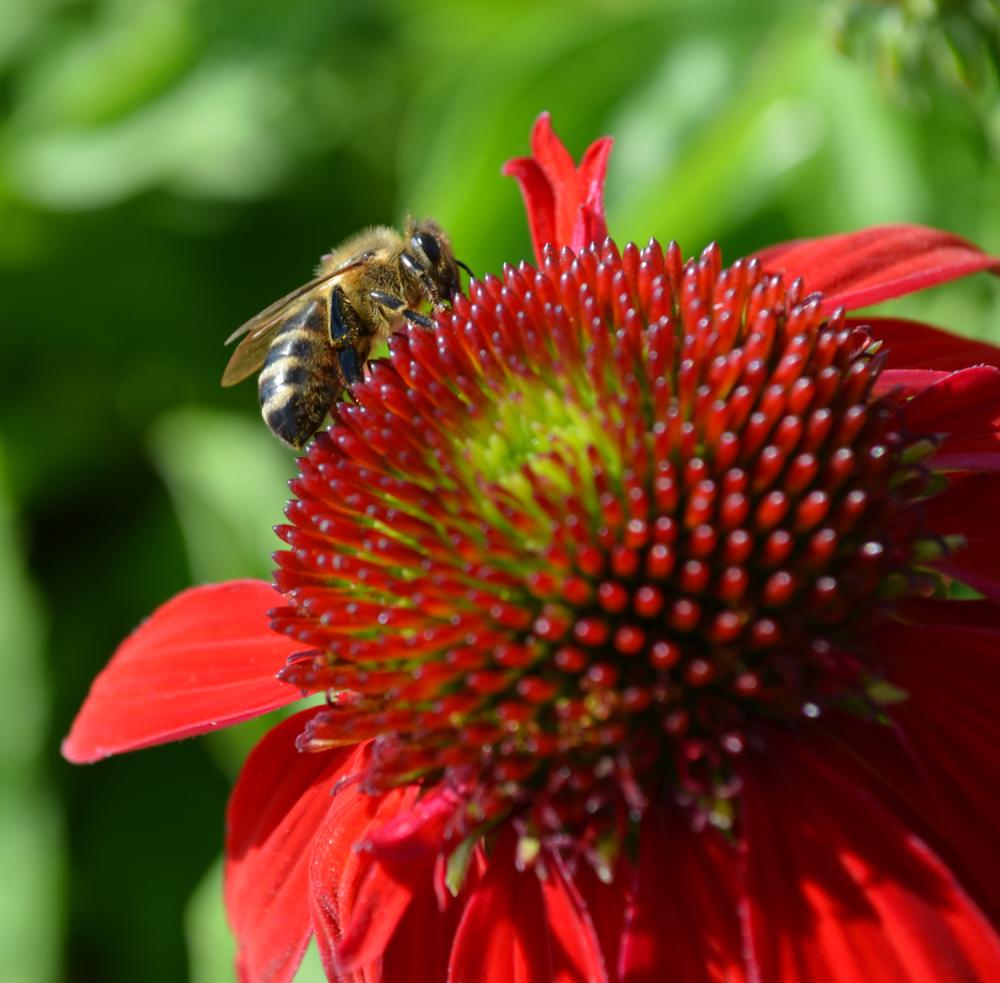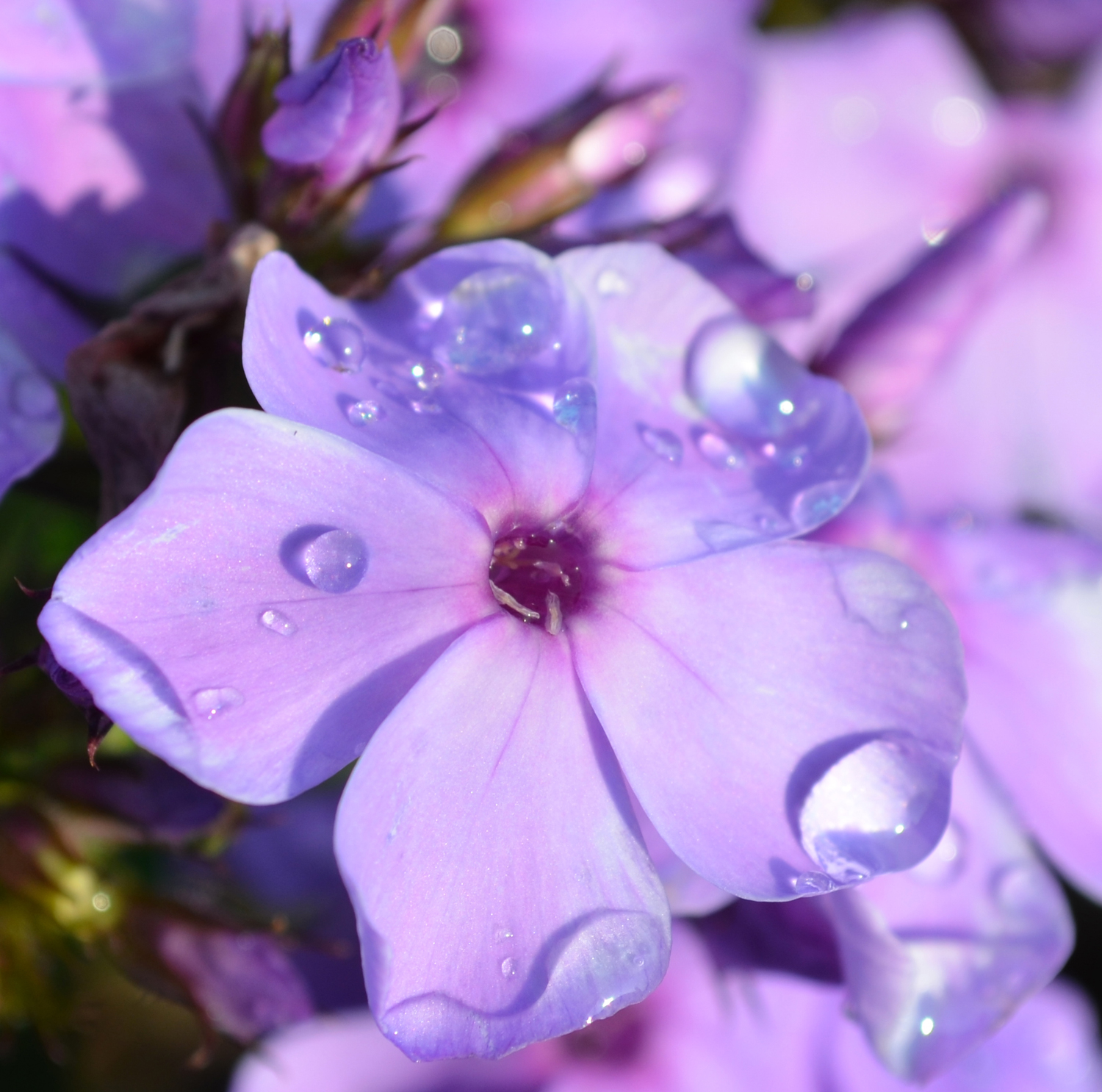Aegopodium, Snow on the Mountain 'Variegated'



Out of stock
Coming soon, still growing- Sun Preference
- Full-Sun, No-Sun
- Bloom Time
- May, June
Description
An excellent ground cover, it spreads rapidly! Variegated green and white foliage.
Minnesota's Largest Selection of Perennials
Discover an unparalleled selection of perennials at Gertens! With the largest variety in Minnesota, we offer endless options of colorful perennials, natives, and pollinator plants to beautify your garden year after year. From vibrant flowers to lush foliage, our perennials are perfect for adding beauty and charm to your outdoor space. Visit Gertens today and see why we're known as Minnesota's Destination Garden Center!
Details
Snow on the Mountain | Aegopodium podagraria 'Variegata'
Height: 12 inches
Spread: 4 feet
Sunlight: Full Sun to Full Shade
Hardiness Zone: 4a
Brand: Gertens
Description:
Probably the most durable groundcover of them all; quite stunning, low-growing plant with white variegated foliage; incredibly invasive and will spread indefinitely if not restrained, best used in totally contained areas or around mature trees
Ornamental Features
Snow on the Mountain's attractive compound leaves remain green in color with showy white variegation throughout the season on a plant with a spreading habit of growth.
Landscape Attributes
Snow on the Mountain is an herbaceous perennial with a ground-hugging habit of growth. Its medium texture blends into the garden, but can always be balanced by a couple of finer or coarser plants for an effective composition.
This is a high maintenance plant that will require regular care and upkeep, and can be pruned at anytime. Gardeners should be aware of the following characteristic(s) that may warrant special consideration;
- Invasive
Snow on the Mountain is recommended for the following landscape applications;
- Groundcover
Planting & Growing
Snow on the Mountain will grow to be about 12 inches tall at maturity, with a spread of 4 feet. Its foliage tends to remain dense right to the ground, not requiring facer plants in front. It grows at a fast rate, and under ideal conditions can be expected to live for approximately 25 years. As an herbaceous perennial, this plant will usually die back to the crown each winter, and will regrow from the base each spring. Be careful not to disturb the crown in late winter when it may not be readily seen!
This plant performs well in both full sun and full shade. It is an amazingly adaptable plant, tolerating both dry conditions and even some standing water. It is not particular as to soil type or pH, and is able to handle environmental salt. It is highly tolerant of urban pollution and will even thrive in inner city environments. This is a selected variety of a species not originally from North America. It can be propagated by division; however, as a cultivated variety, be aware that it may be subject to certain restrictions or prohibitions on propagation.
More Information
| Common Family Name | Snow on the Mountain |
|---|---|
| Gerten Grown Plants | Gerten Grown Plants |
| Sun Preference | Full-Sun, No-Sun |
| Bloom Time | May, June |
| Mature Spread (Range) | Over 36" |
| Mature Height (Range) | 7-12" |
| USDA Hardiness Zone | 4, 5, 6, 7, 8 |


